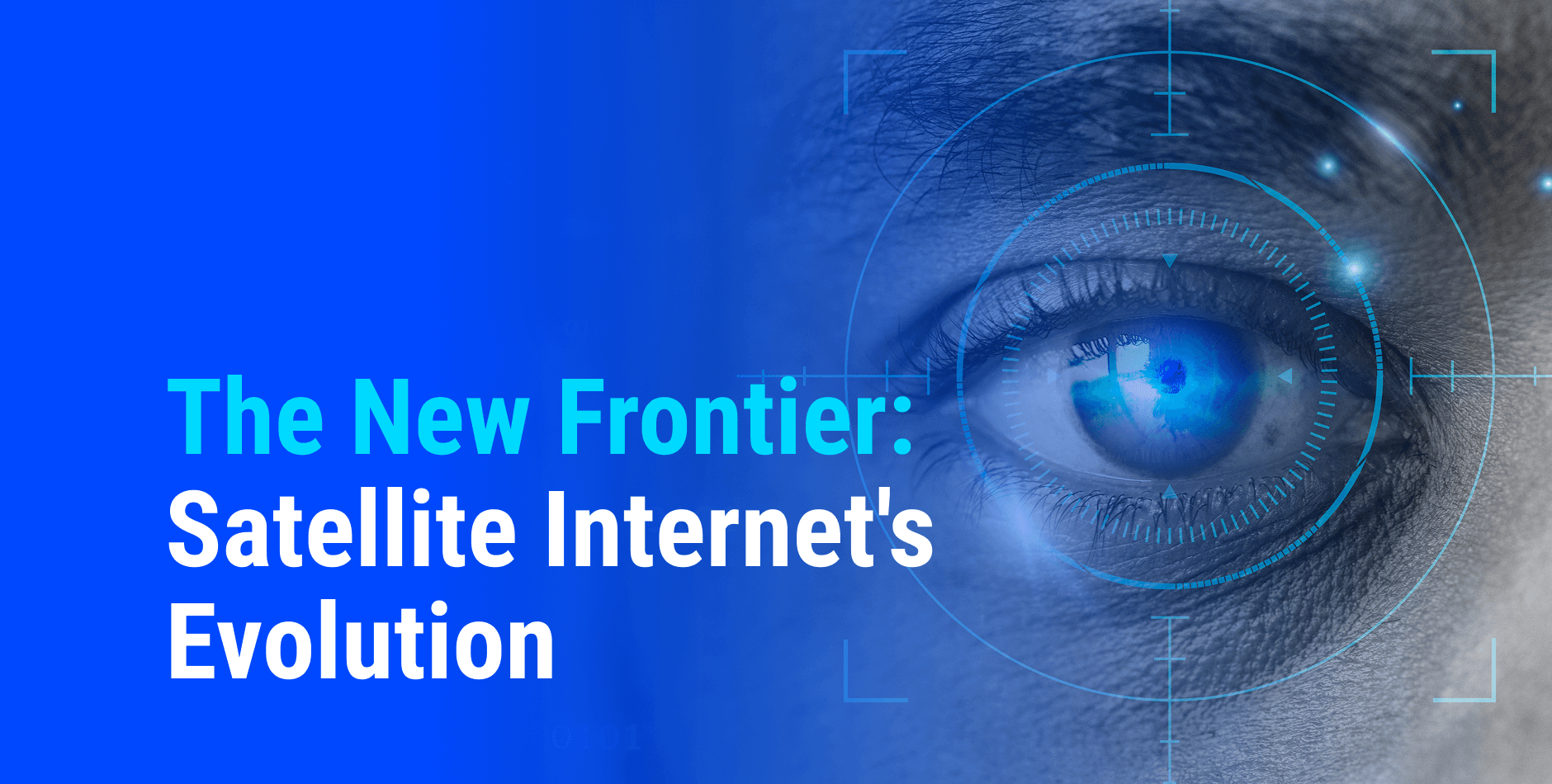IX Transit is a unique Layer-3 product tailored for those Internet Service Providers (ISPs) and enterprises keen on optimizing their networks by themselves. IX Transit is basically a partial IP Transit with a rich BGP community set to manage outbound announcements and flexible filtering of the received prefixes. It provides over 400 000 prefixes of the global BGP table that we are constantly obtaining via various Internet Exchanges, peering partners and clients around the world. To enable that, more than 1500 BGP and traffic sessions are exchanged with almost 1,000 TIER-1 and TIER-2 ISPs; hence, more than 400 000 most active prefixes are provided, affecting up to 80% of the traffic passing through the IX Transit service port. The detailed information can be obtained via Looking Glass and from PeeringDB.
We are connected to all main international Internet exchange points: AMS-IX, CoreSite Any2, DE-CIX, EQ-IX, LINX, NetNod, Dtel-IX, BBIX, JPIX, JPNAP, JBIX, SH-IX and many more.
For those who use IX Transit in combination with other upstream providers, it could be up to 60% of their traffic and latency performance improved without building their own interconnections with IX points. It allows users to reach a greater global coverage via major IX points and IPTP Networks’ customers and partners.


MAIN BENEFITS OF Exchange Transit ( IX Transit )
- Lower latency for applications
- Better costs
- The domestic traffic of the specific region/country cannot be monitored outside of its area
- Introduction of new technologies (IPv6, RPKI, etc)
What is the difference between IP and IX Transit?
IP Transit is performed on the level of a formal agreement (SLA) between the ISP and the transit provider which provides the services to ISP at the costs they have previously defined. With IX Transit we are basically talking about an agreement between two ISPs, which are obtaining mutual exchange of data. Overall, we can simplify that, while IP Transit is the connection between classical Tier-1 and Tier-2 providers, IX Transit is the connection between classical Tier-2 providers only.
REMOTE IX TRANSIT
Remote IX Transit service could be either used in combination with IP Transit or IX transit service in a way of obtaining remote regional specific routes or being used separately. In similarity with IX Transit service it provides same number of prefixes (approximately 400 000) and same way could be fine-tuned with reach of BGP community set. In that case BGP session is established with remote router over L2 MPLS link in order to obtain desired regional specific routes and perform deeper traffic engineering on global scale.
Public Peering Exchange Points
| Exchange ASN | IPv4 IPv6 |
Speed RS Peer |
|---|---|---|
| AMS-IX | 80.249.209.196 2001:7f8:1::a504:1095:1 |
100G |
| Any2West | 206.72.210.118 2001:504:13::118 |
10G |
| Balcan-IX | 80.97.248.11 2a02:d10:80::d |
10G |
| CLOUD-IX MSK | 31.28.19.180 2a00:13c0:3:1::1f1c:13b4 |
10G |
| DE-CIX Frankfurt | 80.81.192.47 2001:7f8::a087:0:1 |
100G |
| DE-CIX Marseille | 185.1.47.35 2001:7f8:36::a087:0:1 |
10G |
| DTEL-IX | 193.25.180.151 2001:7f8:63::97 |
10G |
| Equinix Ashburn | 206.126.236.120 2001:504:0:2:0:4:1095:1 |
10G |
| Equinix Chicago | 208.115.136.227 2001:504:0:4:0:4:1095:1 |
10G |
| Equinix Dallas | 206.223.118.158 2001:504:0:5:0:4:1095:1 |
10G |
| Equinix Hong Kong | 36.255.56.27 2001:de8:7::4:1095:1 |
10G |
| Equinix Los Angeles | 206.223.123.134 2001:504:0:3:0:4:1095:1 |
10G |
| Equinix Miami | 198.32.243.115 2001:504:0:6:0:4:1095:1 |
10G |
| Equinix New York | 198.32.118.201 |
10G |
| Equinix Palo Alto | 198.32.176.239 2001:504:d::4:1095:1 |
10G |
| Equinix San Jose | 206.223.117.9 2001:504:0:1:0:4:1095:1 |
10G |
| Equinix Singapore | 27.111.228.173 2001:de8:4::4:1095:1 |
10G |
| Equinix São Paulo | 64.191.233.167 2001:504:0:7:0:4:1095:1 |
10G |
| Eurasia Peering IX | 185.232.60.175 2a0d:e180::60:175 |
10G |
| HKIX | 123.255.90.171 2001:7fa:0:1::ca28:a0ab |
10G |
| IIX-Jakarta | 123.108.8.95 2001:7fa:2:5::5f |
3G |
| IX.br (PTT.br) Fortaleza | 45.68.73.81 2001:12f8:0:9::145:81 |
10G |
| IX.br (PTT.br) São Paulo | 187.16.217.30 2001:12f8::217:30 |
10G |
| JPNAP Tokyo | 210.173.176.161 2001:7fa:7:1:0:4:1095:1 |
100G |
| KINX | 139.150.100.70 2001:7fa:8::e |
10G |
| LINX LON1 | 195.66.225.64 2001:7f8:4::a087:1 |
100G |
| MIX-IT | 217.29.66.94 2001:7f8:b:100:1d1:a5d4:1095:94 |
10G |
| NSW-IX | 218.100.53.80 2001:7fa:11:4:0:a087:0:1 |
10G |
| SIX Seattle | 206.81.81.26 2001:504:16::a087 |
10G |
We are offering Internet Exchange Transit ( IX Transit ), with a bandwidth of 100Mbps up to 10Gbps, from the following locations:
- Ancotel Frankfurt
- CoreSite – DE1
- CoreSite – One Wilshire (LA1)
- CoreSite – LA2
- Equinix Amsterdam (AM1)
- Equinix Amsterdam (AM3)
- Equinix Ashburn (DC1-DC11)
- Equinix Chicago (CH1/CH2)
- Equinix Dallas (DA1)
- Equinix Dallas (DA3)
- Equinix Frankfurt KleyerStrasse (FR5)
- Equinix Hong Kong (HK1)
- Equinix London Slough (LD4)
- Equinix London Slough (LD5)
- Equinix Los Angeles (LA1)
- Equinix Singapore
- Equinix Tokyo (TY2)
- Equinix Zurich (ZH1)
- Equinix Zurich (ZH2)
- Equinix Zurich (ZH4)
- Espanix Mesena 80
- Global Switch Singapore
- InterXion Zurich / Glattbrugg
- Matrix 4
- MEGA iAdvantage Hong Kong
- MIX
- NewTelco Frankfurt
- NewTelco Kiev
- NTT DATA Tokyo
- NIKHEF Amsterdam
- SARA Amsterdam
- SFR Netcenter Marseille
- TelecityGroup Amsterdam 1 (Science park)
- TelecityGroup London (Harbour Exchange)
- TelecityGroup London 2
- TelecityGroup Stockholm 1
- Telehouse London (Docklands North)
- Telehouse Paris 2 (Voltaire)
- Telx Atlanta
- Telx New York (111 8th)
- Teraco House Johannesburg JB1
- Westin Building Seattle
Soon service will be available at the following locations:
